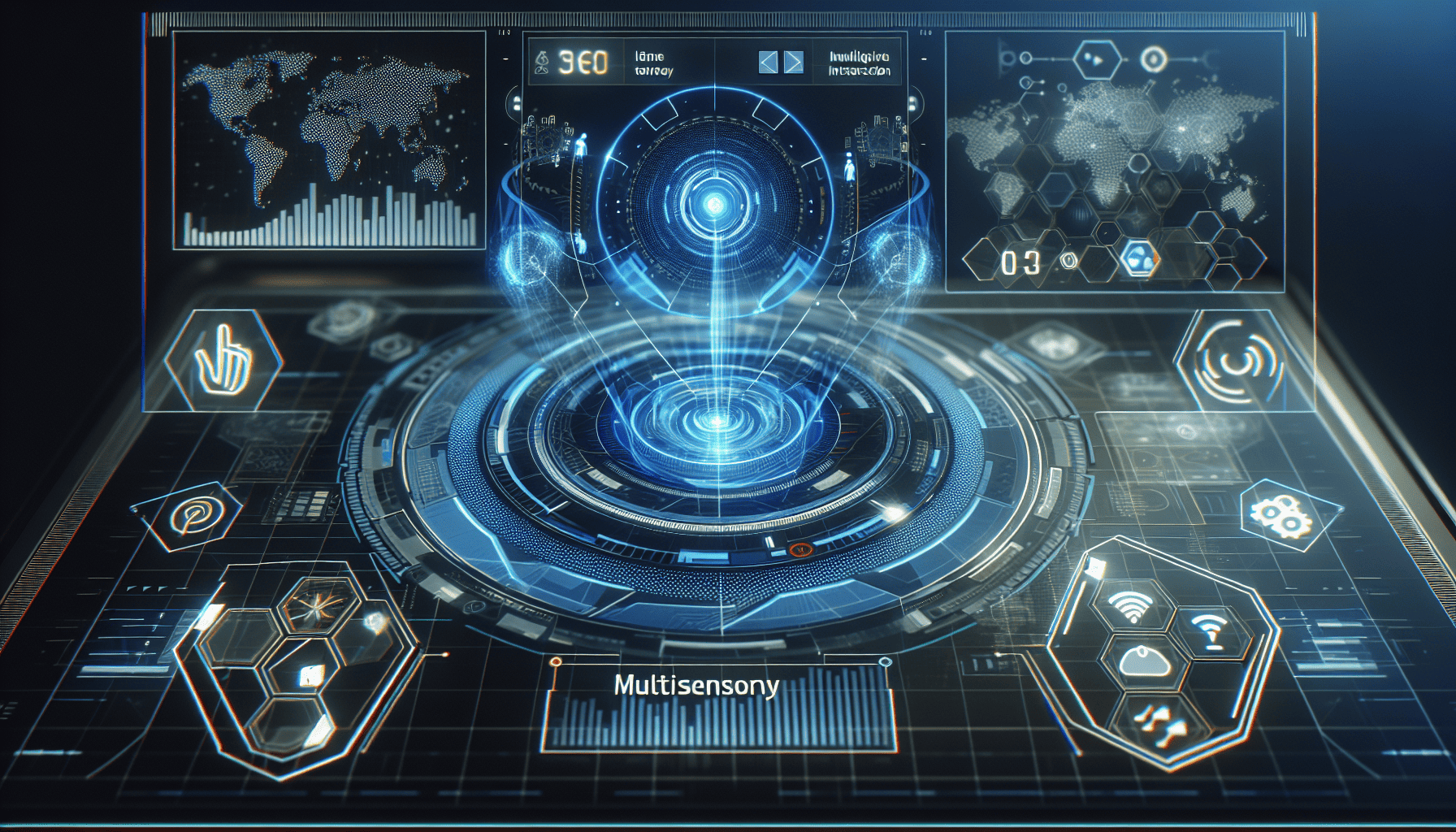The world of gaming is in a constant state of evolution, with interaction design at its forefront. As technology progresses, so too does the way in which players engage with these digital experiences. Today, the landscape is marked by groundbreaking trends that are reshaping the way users connect with their virtual environments.
One of the most significant trends is the rise of virtual reality (VR). This immersive technology places users at the center of the experience, allowing them to interact within three-dimensional spaces in a manner that mimics real-world movement and interaction. With VR headsets becoming more affordable and widespread, developers are capitalizing on this opportunity to craft worlds that feel tangible and responsive. This immersive technique enhances the user's sense of presence, leading to a more engaging and lifelike experience.
Augmented reality (AR) is another trend making waves. In contrast to VR, AR blends digital elements with the physical world, offering a mixed-reality experience. Early successes in this domain have led to more sophisticated designs, with smart glasses and mobile applications enhancing the way users interact with their surroundings. This integration of digital and physical realms creates an interactive layer on top of reality, inviting new forms of engagement and exploration.
Artificial intelligence (AI) is further transforming interaction design. AI can create dynamic environments and experiences tailored to individual users. By learning from previous user interactions, AI-driven systems can adapt challenges, dialogues, and environments to suit personal preferences and skill levels. This adaptability not only keeps the user's experience fresh but also deeply personalized, promoting higher engagement levels.
The trend of haptic feedback is also enhancing interaction design. Originating from the tactile experience in smartphones and controllers, haptics is now being refined to deliver complex sensations. Devices equipped with haptic technology provide tactile responses that simulate texture, force, and vibration, making virtual experiences feel more authentic. This sensory immersion helps bridge the gap between the virtual and the physical, adding another layer of realism.
Biometrics and neurofeedback are emerging as innovative ways to interact with digital environments. Technologies that track eye movement, monitor heart rate, and gauge emotional responses are used to modify in-game experiences dynamically. For instance, a user's stress level could influence the difficulty of a scenario or the score, ensuring that the challenge remains optimal and engaging.
The integration of social interaction within digital experiences is another notable trend. Platforms are increasingly focusing on creating community-oriented experiences that allow collective participation. The rise of multiplayer modes and shared-world experiences has amplified the importance of social dynamics, encouraging communication and collaboration among users. Features such as voice chat, co-op modes, and guild systems enhance interaction, making the experience not just personal, but also communal.
Moreover, the push towards cross-platform play is breaking down traditional barriers, allowing individuals to interact across different devices with seamless continuity. This interconnectedness ensures that the experiences are accessible and inclusive, accommodating a broader audience and fostering a unified environment.
Lastly, the development of cloud-based experiences is revolutionizing interaction by providing users with high-quality experiences without relying on heavy, expensive hardware. The ability to stream interactions directly from servers enables a more seamless and fluid experience, with constant updates and improvements enhancing how individuals connect with their content.
In essence, the current trends in interaction design are reshaping the digital landscape, offering richer, more personalized, and immersive experiences. As technology continues to advance, these trends provide exciting possibilities for the future of digital interaction, promising deeper engagement and connectivity.
